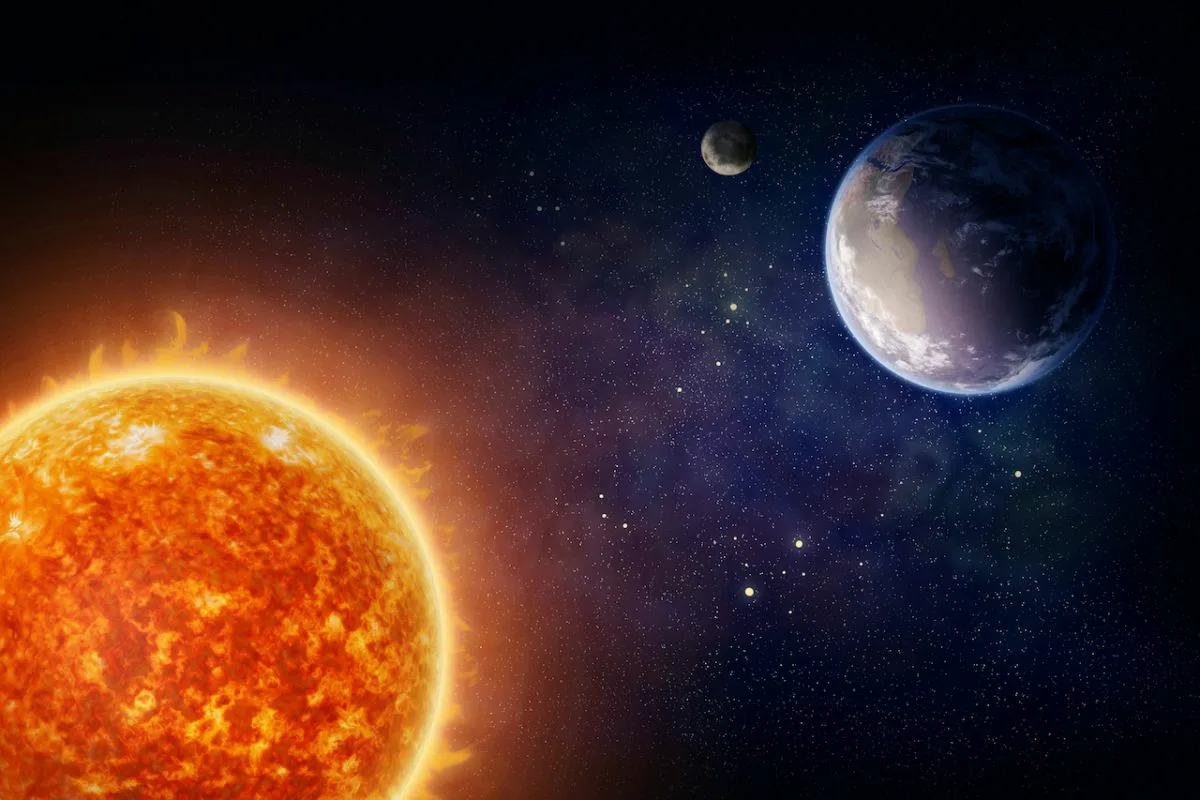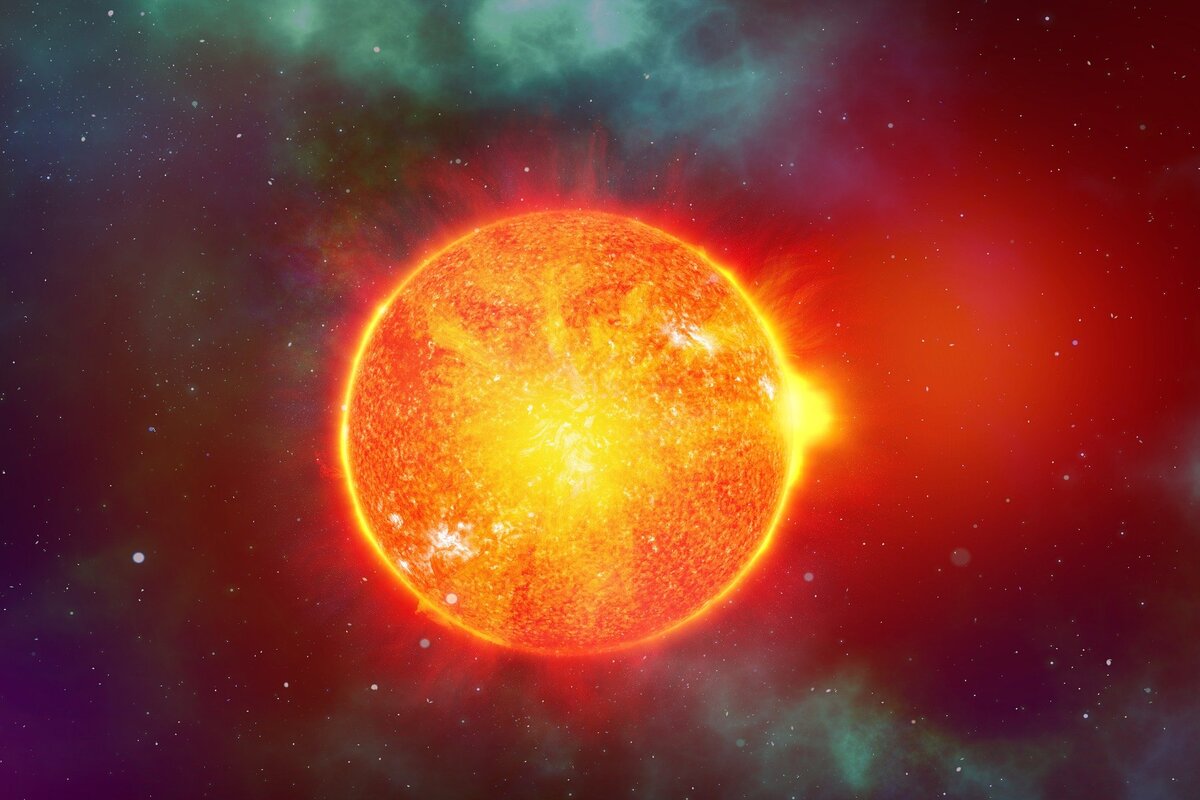A team from the University of Hawaii’s Institute for Astronomy discovered that variations in the abundance of elements such as iron, silicon, and magnesium explain this phenomenon.
The University of Hawaii team identified variations in the abundance of elements as the key to solar rain.
For decades, the mysterious solar rain — those drops of cold, dense plasma that fall from the corona after an eruption — puzzled scientists. Now, a team from the Institute of Astronomy at the University of Hawaii claims to have solved the enigma: the secret lies in the variations in the elements that make up the atmosphere of the Sun.
The finding marks a turning point in solar physics and opens the door to anticipating space weather phenomena. This was explained by Luke Benavitz, a graduate student, and astronomer Jeffrey Reep.
Solar rain occurs in the corona, an extremely hot region of plasma above the Sun’s surface. Unlike terrestrial rain, this phenomenon consists of plasma condensations that, as they cool and increase in density, descend to lower layers.
The finding redefines solar physics and improves space weather prediction, according to the Astrophysical Journal.
According to the University of Hawaii, this process occurs rapidly after solar flares, and understanding it was essential for modelling the Sun’s behaviour and anticipating disturbances that can affect technology and communications on Earth.
Until now, models tended to assume that the abundance of elements in the corona remained constant in space and time. This simplification, however, did not explain the rapidity of solar rain formation.
The article published in the Astrophysical Journal highlighted that, although there were already indications of fluctuations in the composition of the corona, conventional models did not incorporate this dynamic and, therefore, failed to reproduce the phenomenon.
Solar rain consists of drops of cold, dense plasma that descend from the corona after a solar flare.
The team led by Benavitz and Reep made a decisive change: simulations showed that by allowing the abundance of elements with low ionisation potential—iron, silicon, and magnesium—to vary in space and time, it was possible to replicate the formation of coronal condensations even in scenarios of abrupt heating.
‘It’s exciting to see that when we allow elements like iron to change over time, the models finally match what we actually observe on the Sun. It brings the physics to life in a way that feels real,’ Benavitz said, according to the University of Hawaii.
The identified mechanism is based on the direct relationship between the local abundance of these elements and the rate of radiative loss of plasma. Following an eruption, material flows from the chromosphere to the corona altered the local composition, generating peaks of abundance in specific regions.
These peaks increased the radiation emitted, leading to more rapid cooling and the subsequent fall of denser plasma droplets: solar rain. Simulations with the HYDRAD code showed that coronal condensation only appeared when the abundance of elements fluctuated, while models with fixed abundances failed to reproduce the phenomenon.
The simulations demonstrated that only models with variable element abundances replicate the formation of solar rain.
This finding provided direct benefits to solar modelling and space weather prediction. The Astrophysical Journal article identified that correctly representing elemental abundances was essential for calculating plasma cooling times and anticipating atmospheric dynamics during eruptions.
The University of Hawaii noted that this knowledge could, in the future, improve the ability to predict phenomena affecting Earth.
The breakthrough also challenged the traditional idea of the corona as a region of static composition. The authors emphasised that the solar atmosphere is much more dynamic than previously thought, and that variations in abundance should be considered a fundamental feature in any physical model.

The proposed model can be validated through coronal spectroscopic observations, which prompted further research and improvements to current models.
The breakthrough challenges the traditional view of the solar corona as a region of static composition.
According to the Astrophysical Journal, the next step will be to compare the simulations with high-resolution spectroscopic observations provided by space missions.
The researchers also plan to incorporate other physical effects, such as the ponderomotive force caused by Alfvén waves, to further generalise the treatment of abundances in solar models.
According to Jeffrey Reep, in statements collected by the University of Hawaii, this discovery opened up a new perspective on the dynamics of the corona and invited a review of heating and cooling models, expanding the field for future research in solar physics.





